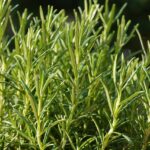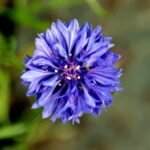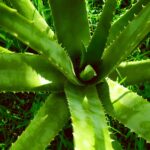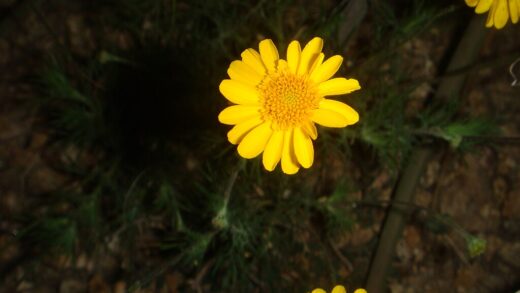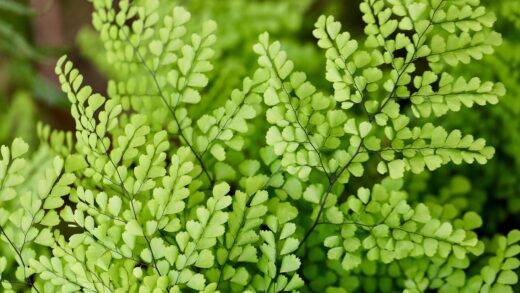The light requirements of lemon balm
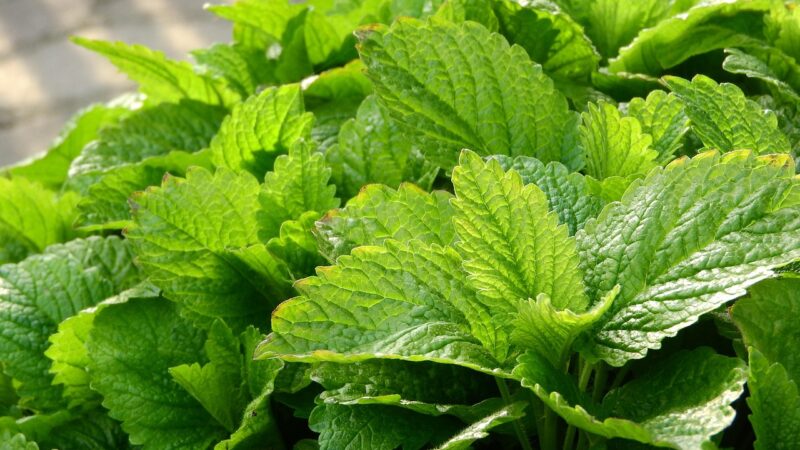
Light is the fundamental source of energy for all plants, and providing the appropriate amount is one of the most critical factors in successful gardening. For an aromatic herb like lemon balm, the quantity and quality of light it receives directly influences not only its growth and vigor but also the concentration of the essential oils that give it its signature lemon scent and flavor. While lemon balm is known for being adaptable, understanding its ideal light requirements will allow you to cultivate a plant that is not just surviving, but truly thriving, producing the most aromatic and flavorful leaves possible.
Lemon balm’s preference for light is best described as a flexible one; it flourishes in a range of conditions from full sun to partial shade. This adaptability makes it a versatile plant for many different garden designs and locations. However, the optimal amount of light can depend heavily on the climate. In cooler, more northern regions, providing the plant with as much sun as possible is often beneficial, while in hotter, southern climates, some protection from the intense afternoon sun is crucial to prevent stress and leaf scorch.
The impact of light extends beyond basic photosynthesis. For herbs, sunlight is a key ingredient in the production of the volatile organic compounds that constitute their essential oils. A lemon balm plant grown in sufficient light will have a much more robust and complex flavor profile compared to one grown in deep shade. Therefore, when choosing a planting location, you are not just deciding where the plant will grow, but also influencing the quality of your future harvests.
Whether you are growing lemon balm in an outdoor garden bed, in a container on a patio, or indoors on a windowsill, meeting its light needs is paramount. By observing the plant and understanding the subtle interplay between sunlight, climate, and plant health, you can make informed decisions about its placement. This ensures your lemon balm will grow into a lush, healthy specimen, ready to provide its delightful citrusy essence for your kitchen and home.
Ideal sunlight exposure
Lemon balm performs best when it receives at least six hours of direct sunlight per day. This amount of light is sufficient to fuel robust photosynthesis, leading to strong, bushy growth and a high concentration of aromatic oils in the foliage. In temperate and cooler climates, a location in full sun is often the ideal scenario. This means a spot that is not shaded by buildings, trees, or other plants for the majority of the day, allowing the plant to soak up the maximum amount of available solar energy.
More articles on this topic
The quality of the morning sun is particularly beneficial for lemon balm. A location that receives direct sun from the morning until the early afternoon, followed by some light shade during the hottest part of the day, is perfect. The morning sun is less intense than the afternoon sun, which helps to dry dew off the leaves quickly, reducing the risk of fungal diseases like powdery mildew. This light is also ample for the plant’s energy needs without causing the stress that can come from prolonged exposure to intense heat.
In regions with very hot summers, the “full sun” recommendation comes with a caveat. While the plant still needs plenty of light, the scorching intensity of the afternoon sun can be damaging. In these climates, providing partial shade is essential. This can be achieved by planting it on the east side of a building or fence, where it will get direct morning light but be shielded in the afternoon. Alternatively, planting it under the dappled shade of a tall, high-canopied tree can provide the perfect balance of light and protection.
Observing the plant is the best way to gauge if its light conditions are right. A lemon balm plant receiving the ideal amount of light will have sturdy stems, lush, medium-green leaves, and a strong lemon fragrance when the leaves are bruised. The plant will look compact and healthy. These visual cues are your most reliable indicators that you have found the perfect spot in your garden, one that balances the plant’s need for energy with protection from environmental stress.
Signs of insufficient light
When lemon balm does not receive enough light, it will exhibit several tell-tale signs of stress. One of the most obvious symptoms is a condition known as etiolation, or legginess. The plant will stretch its stems, trying to reach for a light source. This results in long, spindly stems with sparse leaves that are spaced far apart. The overall appearance of the plant will be weak and floppy rather than full and bushy.
More articles on this topic
Another clear indicator of inadequate light is the color and size of the leaves. In low-light conditions, the leaves will often be larger but thinner than normal, and they may be a paler shade of green. This is the plant’s attempt to maximize its light-capturing surface area. While the plant may be producing leaves, the quality will be significantly diminished. The all-important lemon scent and flavor will be weak or almost non-existent because the plant lacks the energy to produce a high concentration of essential oils.
A lemon balm plant grown in too much shade is also more susceptible to fungal diseases. The lack of direct sunlight means that the foliage stays damp for longer periods after rain or morning dew. This moist environment, combined with the poor air circulation that often accompanies shady areas, creates the perfect breeding ground for powdery mildew and other fungal pathogens. The weakened state of the light-deprived plant also makes it less able to fend off these diseases.
Furthermore, a plant that is struggling in low light will generally have poor vigor and a slower growth rate. It may fail to thrive or spread, and it is unlikely to produce the small, nectar-rich flowers that are so attractive to pollinators. If you notice these symptoms, the best course of action is to transplant the lemon balm to a sunnier location in your garden. The plant is resilient and will usually recover quickly once its light requirements are met.
Signs of excessive light
Just as too little light can cause problems, so too can too much, especially when combined with high heat and insufficient moisture. The most common sign of excessive sun exposure is sun scorch on the leaves. This can appear as yellow or brown patches on the leaves, particularly on the edges or in areas where the sun’s rays are most direct. In severe cases, the affected leaves may become crispy and die.
A plant under stress from too much sun and heat may also have a wilted appearance during the hottest part of the day, even if the soil is adequately moist. This happens because the leaves are losing water through transpiration faster than the roots can absorb it. While the plant may recover its turgor in the evening once the temperature drops, this daily wilting is a sign of significant stress that can weaken the plant over time and reduce its overall health and productivity.
The color of the foliage can also indicate too much sun. Instead of a healthy, vibrant green, the leaves may take on a yellowish or bleached appearance. This is a sign that the chlorophyll in the leaves is being damaged by the intense solar radiation, a process known as photo-oxidation. This reduces the plant’s ability to photosynthesize effectively and can lead to stunted growth. The plant is expending too much energy simply trying to protect itself from the harsh conditions.
If you observe these signs, it is a good indication that your lemon balm needs more protection from the sun. If the plant is in a container, the solution is simple: move it to a location that receives some afternoon shade. If the plant is in the ground, you might consider rigging up a temporary shade cloth during the hottest months of the year. Alternatively, you could plant a taller, sun-loving perennial nearby to cast some welcome dappled shade over the lemon balm during the afternoon hours.








